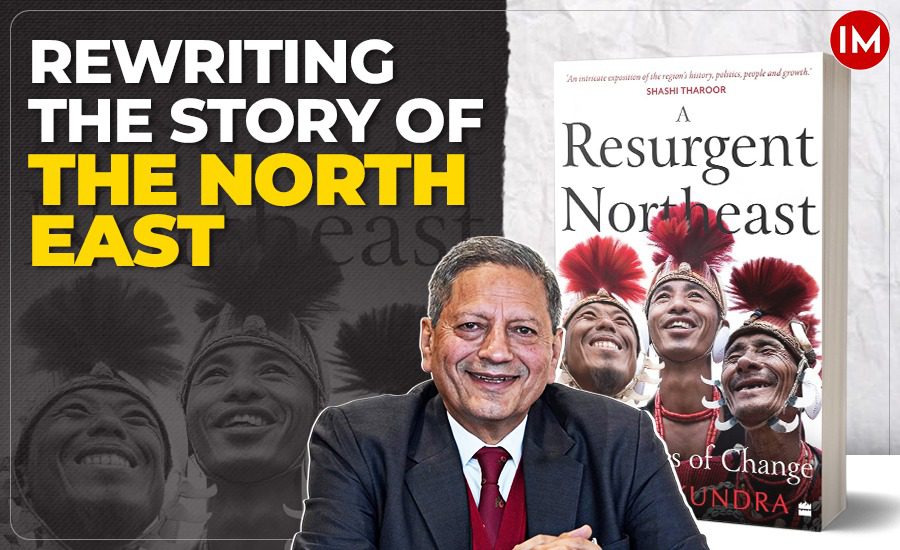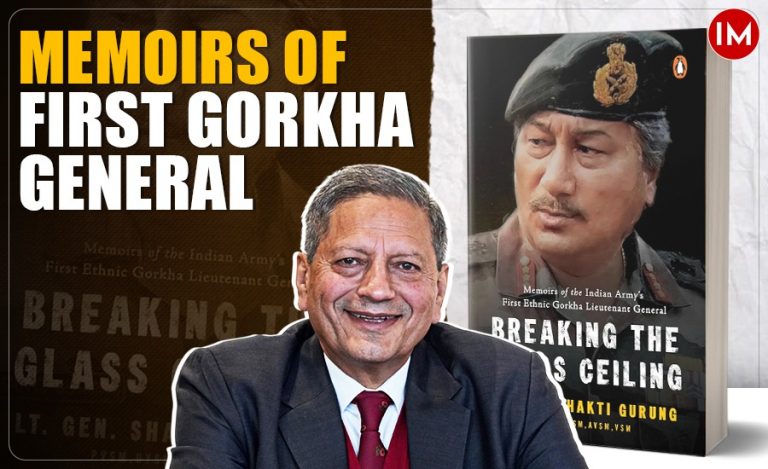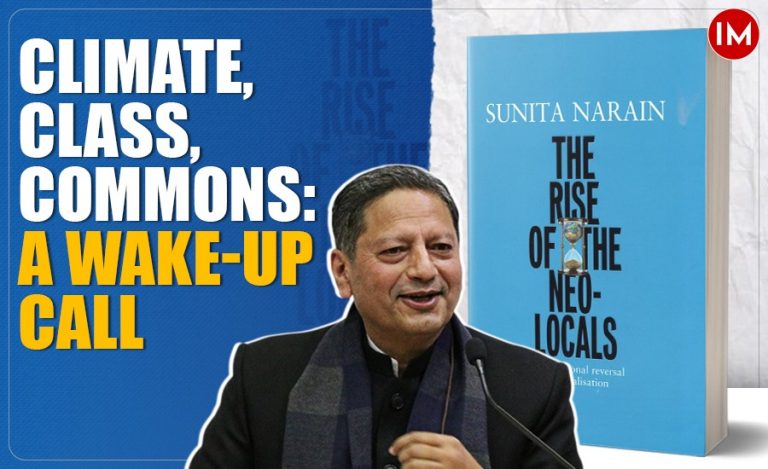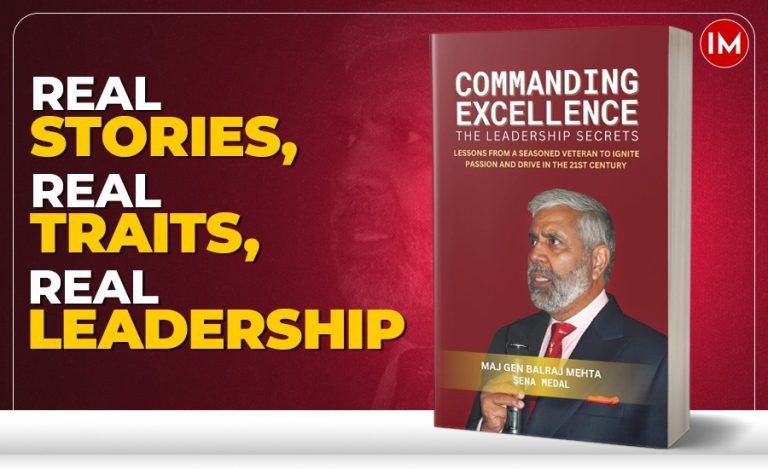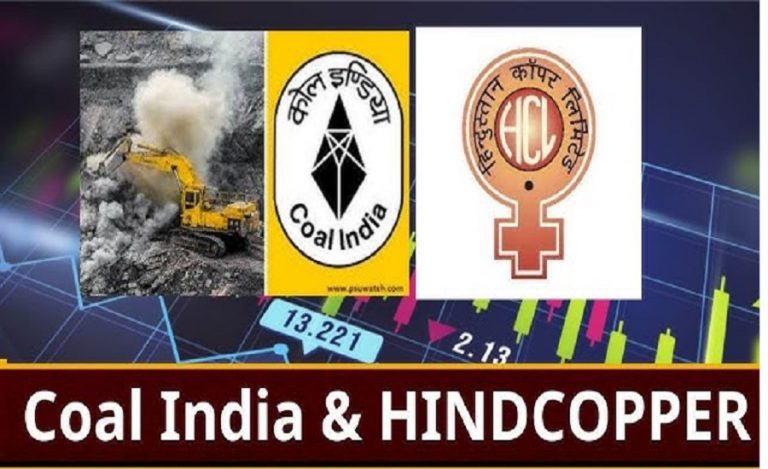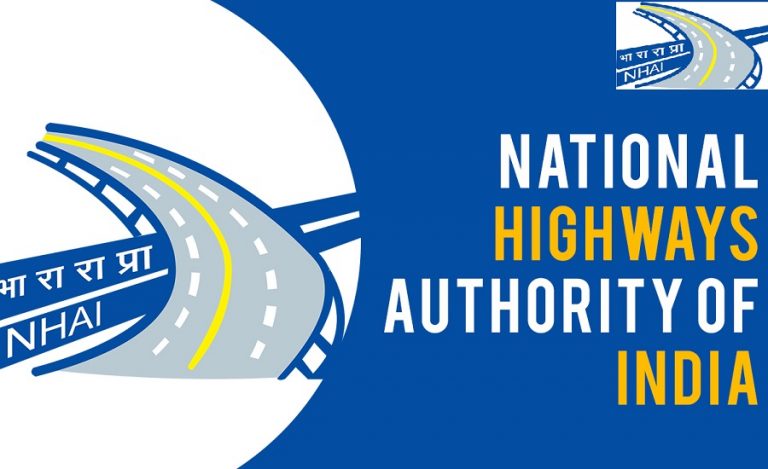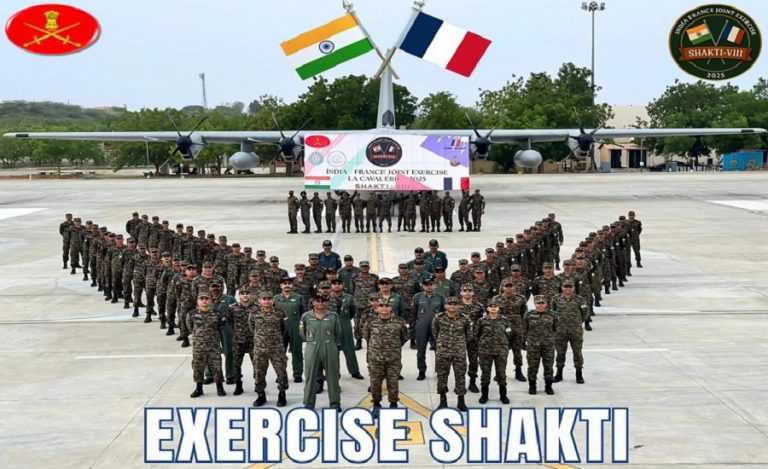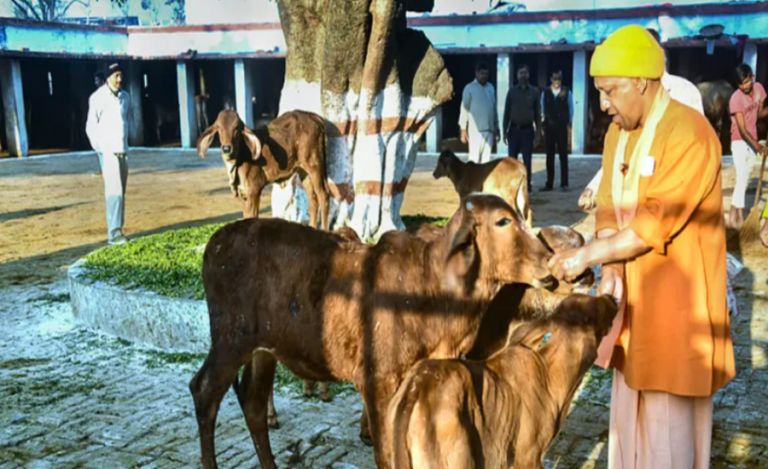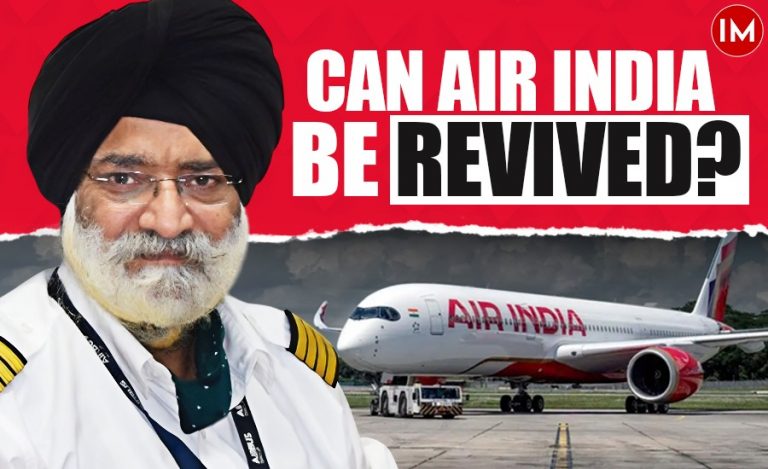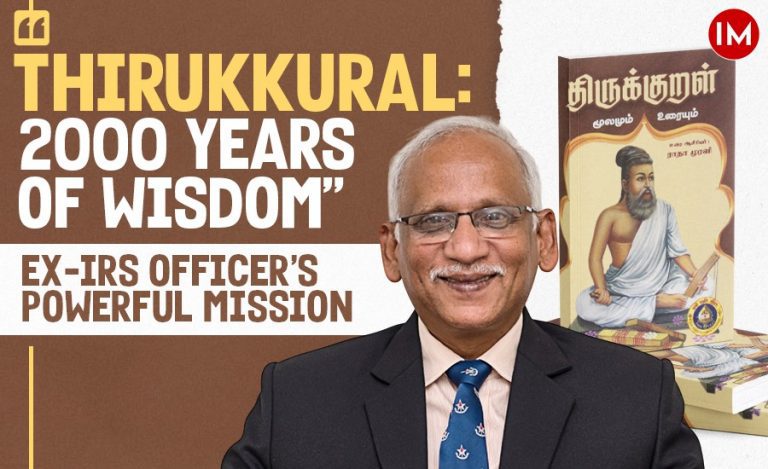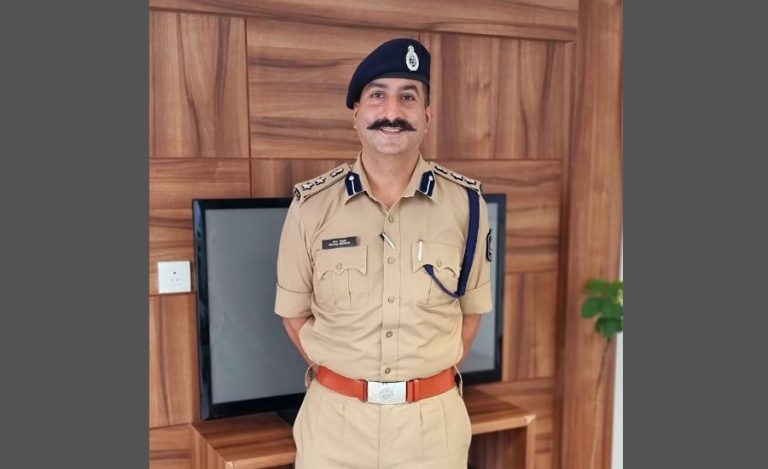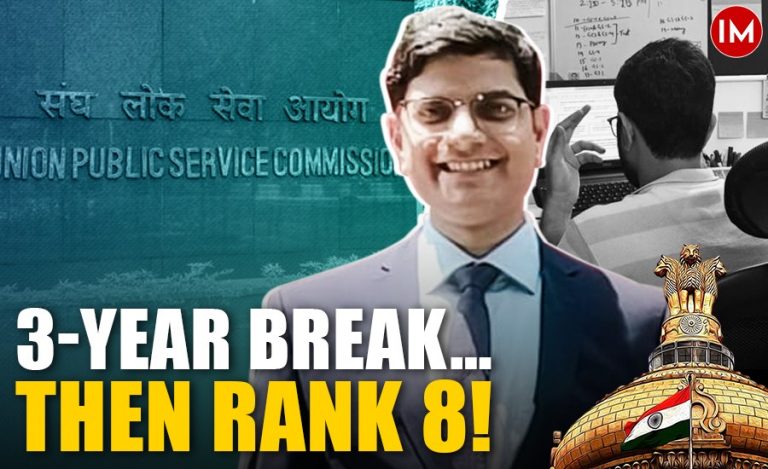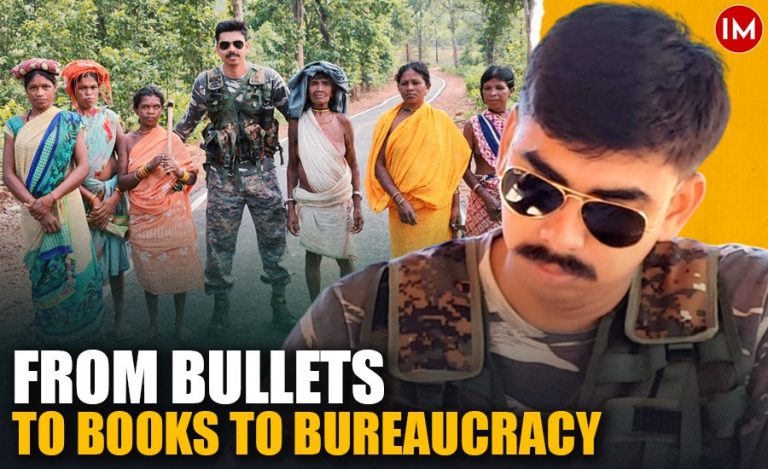It is with a sense of great pride and ownership that I introduce this absolutely riveting read: A Resurgent North East: Narratives of Change by Ashish Kundra, whom I had the privilege to train at the LBS National Academy of Administration in 1996. He was one of the smartest and most well-informed officer trainees, and three decades into the job, he has honed his skills both as a scholar as well as an administrator. Therefore, unlike many other commentaries on the North East which are based either on helicopter visits or desktop research, this narrative is backed by a sense of acute observation from extended field visits, conversations with important stakeholders, extensive readings, and years of administrative experience.
The introduction, starting with the Nobel acceptance speech of Gabriel Garcia Marquez, sets the tone, for it talks of ‘quest of identity,’ ‘the ravages of life,’ ‘interpretations of reality,’ and aspects of the unknown and the solitary. And just as his address gave a new lens to the world to fathom the hitherto ‘unknown’ and the ‘solitary,’ Kundra’s work on the North East, or Zomia, or Ashtalakshmi, offers thirteen templates to examine the narratives of change that the region has witnessed over the last eight decades.
North East, Zomia or Ashtalakshmi
But before delving further, let us examine the terms Zomia and Ashtalakshmi. While Zomia is the name given by the Dutch scholar Willem van Schendel to describe the ‘majestic highlands straddling the Tibetan plateau, Myanmar, parts of China and Southeast Asia,’ Ashtalakshmi, or the eight manifestations of wealth of Lakshmi, the provider of wealth, is the expression that is currently used to describe both the tangible and the intangible heritage of the eight states – Arunachal Pradesh, Assam, Manipur, Meghalaya, Mizoram, Nagaland, Tripura, and Sikkim – which are referred to as the North East.
In the first chapter, ‘Nehru’s Misplaced Utopia,’ we have this quote from Nehru himself in which he describes the challenges to the integration of the region: ‘The frontier areas were not (so) psychologically prepared (for various changes in India). In fact, they were prepared the other way by the British officers or sometimes by missionaries who were there. We now have empirical evidence to the effect that an influential section of the British establishment actually wanted to convert these into Crown colonies, but they were thwarted in their efforts by the very strong nationalist fervour in Assam and the fact that Sardar Patel and V.P. Menon got a whiff of this well in advance. Be that as it may, Nehru was influenced in his thinking on the frontier regions by Verrier Elwin, a defrocked missionary who spelled out his philosophy of ‘light touch administration.’ However, two of Nehru’s decisions— placing the administration of NEFA under the MEA rather than the Home Ministry and the establishment of a cadre like IFAS, which, unlike their counterparts in the IAS and IPS, were not expected to serve in the Centre— added to the sense of exclusion. However, the 1962 war with China was the death knell of this policy. Starting with the formation of the state of Nagaland and the UTs (Union Territories) of Manipur and Tripura in 1963, the SRC’s recommendation of keeping Assam as an integrated multilingual, multi-ethnic state gave way to ‘political adjustments and settlements’.’
In 1972, Manipur and Tripura got statehood, and the Khasi and Jaintia Hills council was reconstituted as Meghalaya. Mizoram and Arunachal were created as UTs. Three years later, the Constitution was amended to include Sikkim as a state of India, and twelve years later, with the signing of the Mizo accord, the last two UTs of the region, Mizoram and Arunachal, were also accorded statehood
However, to assume that this was a smooth administrative transition would be to gloss over the strong insurgent groups in Nagaland, Manipur, Mizoram, Tripura, and Assam. In fact, in 1966, after the convoy of the eastern Army commander Manekshaw was attacked, and the IAF planes bombarded Aizawl—the only instance of the Air Force being used in an internal situation. However, over time, political maturity on both sides saw governance accords being signed in which the erstwhile rebels were sworn in as Chief Ministers.
The Silver Bullet of connectivity
While the political accords set the stage, the silver bullet that reduced the tyranny of googology was physical and digital connectivity – internet, rail, road, air, inland waterways, and the Look East Policy. From the Bogibeel bridge over the mighty Brahmaputra to the Donyi Polo airport near Itanagar to the 13,700 feet high Sela Pass connecting Tawang with Tezpur, the new infrastructure signals a very positive change. But even without financial assistance from the government, administrators have mobilised people to address the connectivity challenge. In 2012, a young Naga IAS officer, Armstrong Pame, posted in the neighbouring Manipur, crowdfunded a 65 km long ‘people’s road’ by raising over Rs 10 million with volunteers putting in their labour to connect the township to Nagaland and Assam, thereby improving their access to agricultural markets.
Kundra feels that once connectivity is in place, a proactive Look East Policy can really transform the scenario. He supports realism with respect to border trade and suggests that sub-regional cooperation linking the four south western Chinese provinces – Yunnan, Sichuan, Chongqing, and Guizhou—with Myanmar, Bangladesh, and the North East can bring about a sea change in opportunities for economic exchange. Trade infrastructure planning and land transit through Bangladesh were also suggested, but the book was written before Sheikh Hasina was deposed.
The hydro potential of the North east – especially Arunachal Pradesh is well documented, but unless an environmental assessment is made by an independent regulator, the possibility of large-scale permanent ecological damage cannot be ruled out. And indeed, as Chintan Seth, who has spent a considerable time studying the geology of Arunachal Pradesh, has observed, ‘There is a parallel between the ecological network and the financial one, each having multiple nodes. But if a crucial node malfunctions, it could collapse the whole network. In fact, even when PM Modi declared in 2015 that Arunachal could possibly provide electricity to the whole country, CM Pema Khandu tempered this vision with the realism of local politics and felt that one should focus only on ten feasible projects in the mission mode.
Shangri-La!
If there is a Shangri-La, it is certainly located in the region. Apart from the grandeur of the Victorian tea bungalows, the landscape also offers rock climbing, trekking, rappelling, rafting, hiking, and all manner of mountain sports. The Hornbill festival in Nagaland, as well as Shirui in Manipur and the Ziro music festival in Arunachal, are now destinations to which global music aficionados travel in increasing numbers. As the Mission Director for the Horticulture Mission for Himalaya and North East (before it was merged into the omnibus MIDH), your columnist was engaged in the horticulture initiatives – orchids and organic crops in Sikkim, oranges in Tamenlong, ginger in Mizoram, and much more. Kundra rightly points out that the region has all the potential to emerge as the fruit bowl of India.
Education to Enterprise carried some inspirational stories of educated youth from the region who have turned entrepreneurs in a wide range of fields – from tech education to health initiatives and musical troupes, like the Shillong Chamber Choir and the quartet of Testseo sisters (and the brother)!
Thanks to her Padma Vibhushan and the Rajya Sabha nomination, Mary Kom is among the most well-known sportspersons in the country. But equally significant is the contribution of Robert Rommawia Royte, the owner of the Aizawl Football Club; Mirubai Chanu, the weightlifter from Manipur; the Assamese sprinter Hima Das; the gymnast Dipa Karmakar from Tripura; and the cyclist L. Ronaldo Singh, among many others.
The Challenge of Governance
Underlying all this is the challenge of governance, an issue that I was privileged to discuss on 21st April 2023 at Itanagar when I was invited by the Arunachal Pradesh government to deliver the Civil Services Day address. Seeing the presentation on the best practices from the young Deputy Commissioners of the state left me in no doubt about the prospects and potential of the region. In fact, as Kundra’s book highlights, the biggest obstacle to development – free and frank conversation amongst the key stakeholders has been more than overcome; the challenge today is that of expectations, which are rising faster than our current capacity to address them!
ABOUT THE AUTHOR
Dr Sanjeev Chopra, is a 1985-batch IAS Officer of West Bengal cadre. He retired from the service on March 31, 2021 as Director, Lal Bahadur Shastri National Academy of Administration (LBSNAA), Mussoorie.

